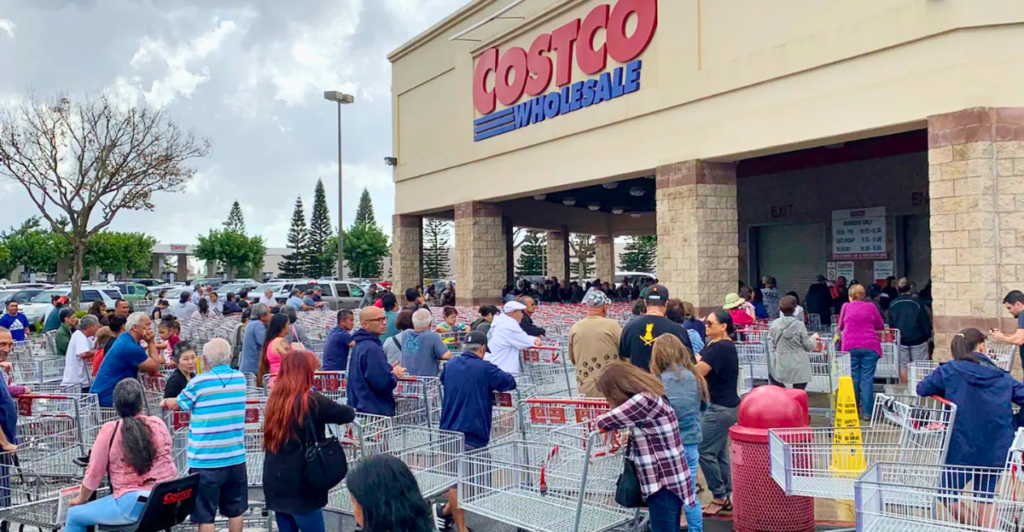
With the threat of new tariffs hanging over, American shoppers are changing their grocery shopping in anticipation of rising prices. The recent announcement of steep tariffs on a range of imported goods has resulted in a wave of stockpiling as consumers try to get ahead of anticipated price increases.
This trend is reminiscent of the early days of the pandemic, when anxiety over shortages and inflation led people to stock their pantries.
Here’s a closer look at seven grocery items that are disappearing from store shelves before the tariff increases take effect, and why shoppers are making these purchases a priority.
1. Seafood
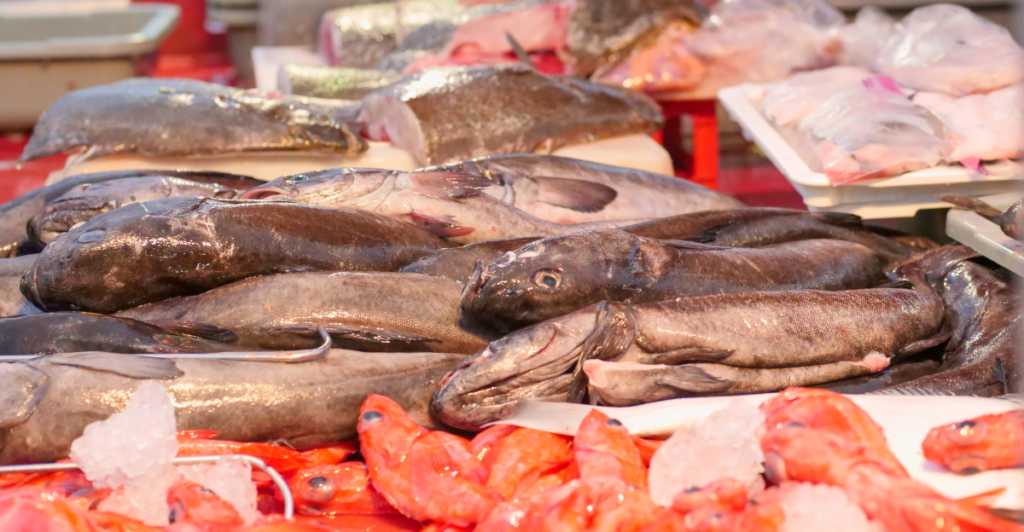
Seafood tops many shoppers’ lists since about 85% of the seafood eaten in the U.S. is imported. With large tariffs on countries like Chile, India, Indonesia, and Vietnam, fish and shellfish prices are expected to rise sharply.
While fresh seafood has a limited shelf life, frozen varieties offer a practical option for families that consume seafood regularly.
By stocking up on frozen fish and shellfish now, households can avoid the brunt of future price increases and ensure that they maintain access to a vital protein-rich food source.
2. Coffee
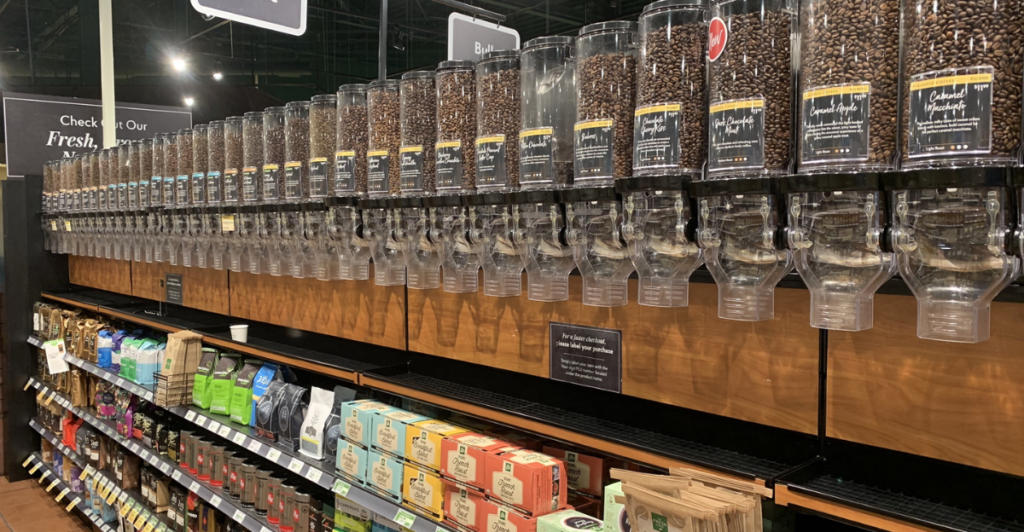
Another staple that is skyrocketing in demand is coffee, particularly imported and specialty brands. Most of the coffee consumed in the U.S. is imported, with popular brands like Italian Illy and beans from Brazil and Colombia facing the steepest price increases.
Instant coffee sales have surged 21% in the wake of the tariff news, as shoppers attempt to cling to their caffeine fix before prices rise further. For regular drinkers, buying in bulk or choosing long-lasting pods is a smart move.
3. Alcoholic Beverages
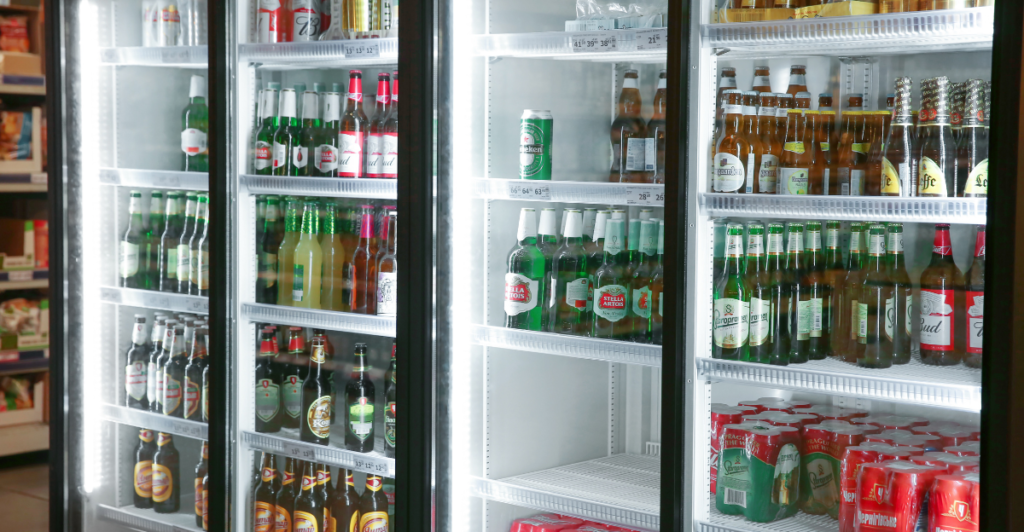
Alcoholic beverages, particularly imported wines, beers, and spirits, are also flying off the shelves. European wines, Mexican beers, and Russian vodka are all expected to be pricier as tariffs take effect.
Since many alcoholic drinks can be kept for years without going bad, buyers are taking the opportunity to stock their home bars now.
While the increase in beer purchases, at 3%, is not substantial, it is part of a larger trend of gearing up for upcoming celebrations or gatherings without the added cost.
4. Nuts

Most nuts sold on American shelves are imported; cashews, pecans, and macadamia nuts are primarily sourced from countries where new tariffs will be imposed.
Vietnam, Côte d’Ivoire, and Brazil are the major suppliers, and the cost of these healthy snacks is about to go up.
Shoppers are restocking their nut supply, knowing that these items sit on the pantry shelf for a long time and can be used in many recipes or enjoyed as healthy snacks for months to come.
5. Maple Syrup
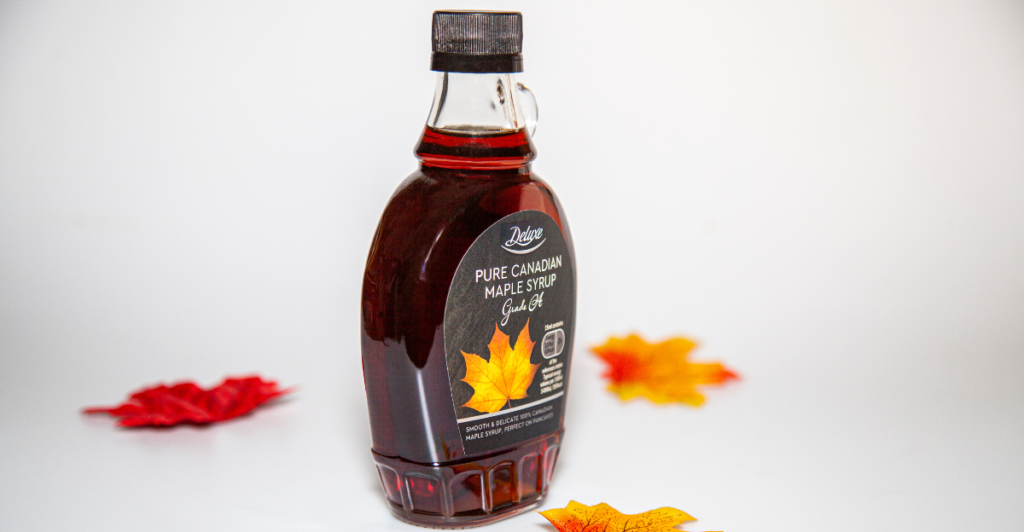
Maple syrup, a favorite on the breakfast table, is imported from Canada, which now has a 25% tariff. This beloved pancake topping has an indefinite shelf life if unopened and stored correctly, making it a perfect candidate for stockpiling.
Consumers are stocking up, with prices expected to go up, so they can continue enjoying their breakfast staples without breaking the bank.
6. Canned Goods
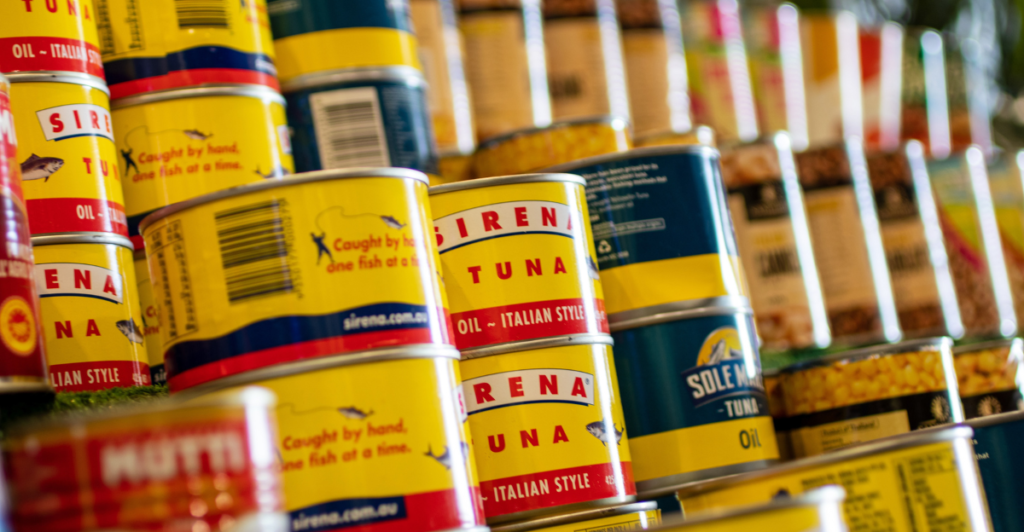
The demand for canned goods has surged, with confirmed sales of canned and jarred vegetables rising 29% in the days following tariff announcements.
Even if the food inside isn’t directly affected by tariffs, the cost of packaging materials such as aluminum and steel is projected to increase, pushing prices higher.
Canned goods are valued for their long shelf life and versatility, making them a go-to choice for those preparing for uncertain times.
7. Cooking Oils and Spices
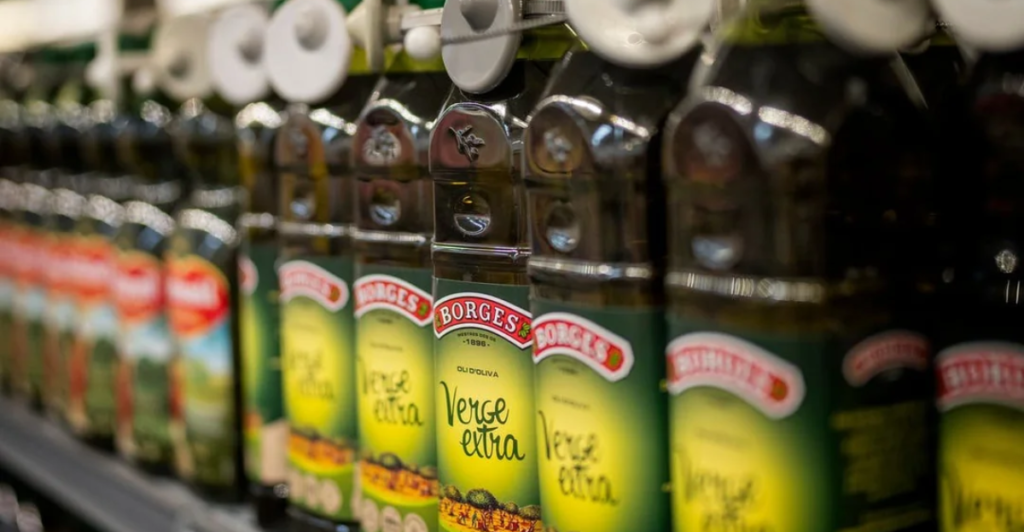
Many cooking oils, like olive and palm oil, and spices like cinnamon and black pepper, are imported and subject to the new tariffs.
These pantry staples are essential for home cooking, and they’re expected to become more expensive along with other imported products.
Shoppers are acting now to stock up on oils and spices, making sure they have the ingredients necessary to create delicious meals even as prices rise.
Changing Shopping Habits
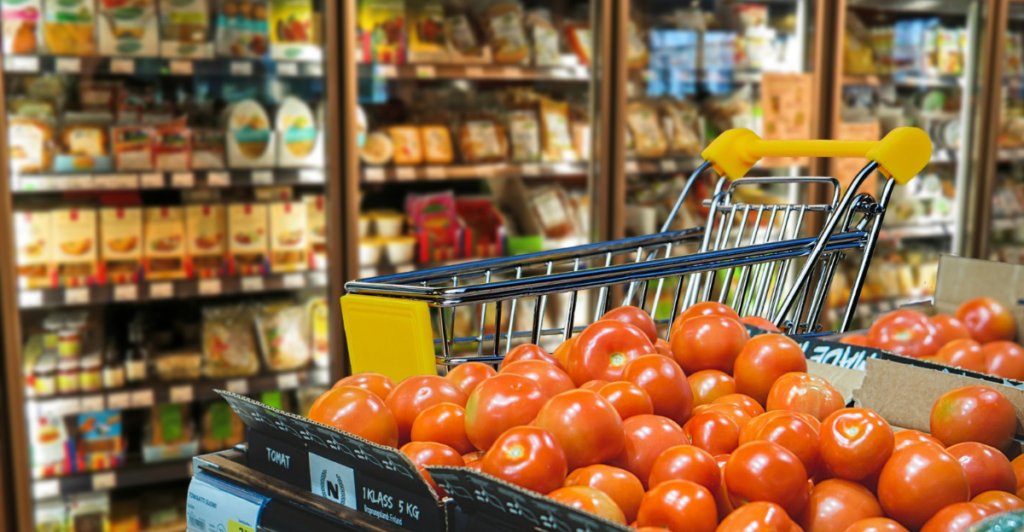
The anticipation of higher prices influences not just what people buy but also how much they buy. Data indicates that shoppers are purchasing more per trip, particularly at big-box retailers such as Costco and Walmart.
This trend toward bulk buying is driven by a desire to lock in current prices and avoid future sticker shock. Retailers are even noticing larger basket sizes and increased spending per visit, suggesting a broader shift in consumer behavior as tariff concerns escalate.
Avoid Panic Buying
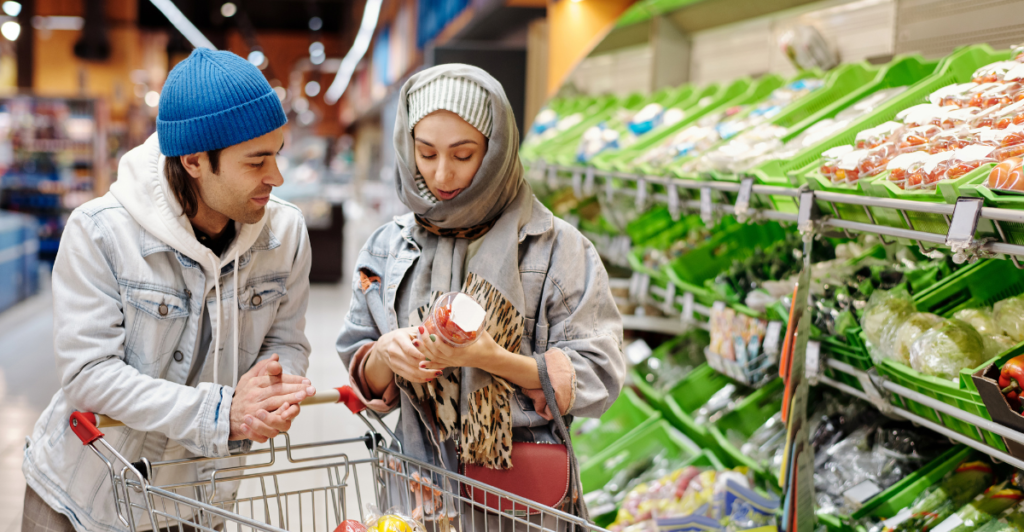
While stocking up makes sense for many households, experts caution against panic buying or hoarding, which can lead to product shortages and can drive prices even higher.
The key is to buy what your household will actually use, targeting items that have long shelf lives and those most likely to be affected by tariffs.
If consumers plan ahead and shop strategically, they can weather the coming price increases without adding to unnecessary and destructive market disruptions.
Discover more trending stories and Follow us to keep inspiration flowing to your feed!

Craving more home and lifestyle inspiration? Hit Follow to keep the creativity flowing, and let us know your thoughts in the comments below!
